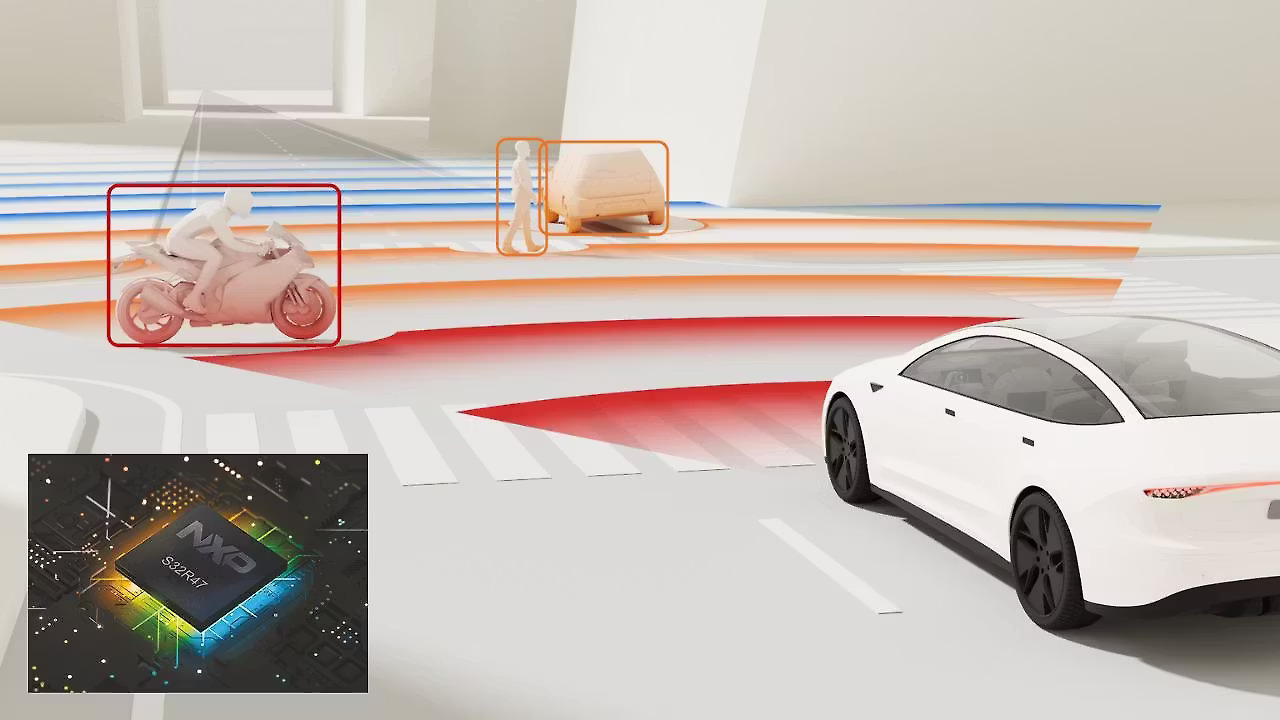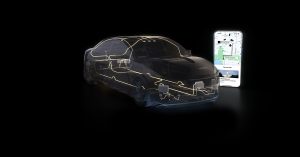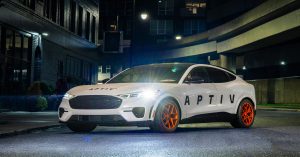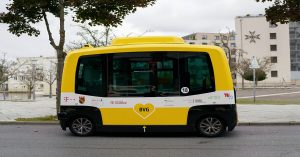NXP Semiconductors has introduced the third generation of its imaging radar processor family with the launch of the S32R47, a cutting-edge solution built on 16nm FinFET technology. Designed to meet the growing demands of next-generation autonomous driving systems, the S32R47 offers a significant leap in performance and efficiency over its predecessor.
One of the most notable advancements is the processor’s ability to deliver up to twice the radar microprocessor unit (MPU) performance compared to the previous generation, all within a 38% smaller integrated circuit (IC) footprint. This leap in processing power and compact design is critical for automotive manufacturers seeking to integrate more capabilities into increasingly space-constrained environments. Furthermore, the S32R47 adds support for artificial intelligence (AI) and machine learning (ML), enabling enhanced features such as improved direction of arrival (DoA) processing and advanced object classification.
When combined with NXP’s suite of complementary technologies—including millimeter-wave (mmWave) radar transceivers, power management solutions, and in-vehicle networking components—the S32R47 meets the stringent ISO 26262 ASIL B(D) safety requirements. This positions it as a robust platform for automotive manufacturers developing systems for advanced driver-assistance systems (ADAS) and higher levels of vehicle autonomy.
Imaging radar plays a crucial role in modern perception systems by generating high-resolution point cloud data. This richer dataset allows for a much more detailed representation of the vehicle’s surroundings, providing essential inputs for AI-driven perception systems. These capabilities are foundational to enabling both assisted and fully autonomous driving scenarios.
At the core of the S32R47 is a high-performance, multicore radar processing system capable of supporting denser point clouds and more sophisticated algorithms. This enables a sharper separation of objects in the vehicle’s environment, enhances detection reliability, and allows for accurate classification of various types of objects—including pedestrians, cyclists, and even items that may have fallen onto the road.
According to the Status of the Radar Industry 2024 report from Yole Intelligence, the radar technology market is poised for significant growth. By 2029, it is projected that around 40% of new vehicles will feature Level 2+ (L2+) or Level 3 (L3) driving automation, with a growing portion supporting even higher Level 4 (L4) capabilities. This rapid evolution underscores the need for scalable and high-performance radar processing solutions like the S32R47.
“The S32R47 can efficiently process three times, or even more, antenna channels in real time compared to current production systems,” said Meindert van den Beld, senior vice president and general manager for Radar and ADAS at NXP. “It provides the imaging radar resolution, sensitivity, and dynamic range required for the most demanding autonomous driving use cases, while still adhering to the strict power and cost limitations that OEMs expect for volume production.”
With the S32R47, NXP sets a new benchmark for radar processing performance, opening the door to safer, more intelligent vehicles on the path to full autonomy.







